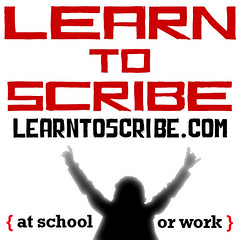One Million Monkeys Typing
 Alphachimp
Alphachimp  Saturday, May 23, 2009 at 8:16PM
Saturday, May 23, 2009 at 8:16PM From Pop!Tech Blog:
 The Theory: Given enough time, a hypothetical chimpanzee typing at random would, as part of its output, almost surely produce one of Shakespeare's plays (or any other text).lya Kreymerman and Nina Zito, creators of One Million Monkeys Typing, think so, too. On their new community story-telling site, members collaborate on writing a story (perhaps even a novel), without the pressure or obligation of ever completing the story by themselves.
The Theory: Given enough time, a hypothetical chimpanzee typing at random would, as part of its output, almost surely produce one of Shakespeare's plays (or any other text).lya Kreymerman and Nina Zito, creators of One Million Monkeys Typing, think so, too. On their new community story-telling site, members collaborate on writing a story (perhaps even a novel), without the pressure or obligation of ever completing the story by themselves.
Founded on the simple premise “read, write, publish”, the project encourages members to create new segments for “story trees”. Before beginning a new story, you must first contribute to a few existing stories. Once you’ve become part of the writing community, you receive permission (or in One Million Monkey terms, a “seed”) to start your own story tree.
The idea of one million monkeys typing is derived from the infinite monkey theorem. Community members are considered “monkeys,” with a designated number indicating the order in which they joined the site.









